
How to Write Educational Content for Marketing
Last updated: February 2023

Content marketing is a mainstay of education in the digital age, encouraging more and more people to learn article writing inside out.
“But what’s in there for me, a college student?” you may ask.
Clear as the noonday:
Educational content for marketing can take the form of blog posts, reviews, press releases, narratives, social media posts, or infographics. And given that students deal with tons of research, essays, and other types of creative writing in college, your skills are more than enough to join the team of content creators.
Not the worst way to get wants and needs met, huh?
Are you a future marketer? Great! Then, it can be a good start for your career: you’ll get a portfolio and build a professional network for the future.
Are you training to be anybody but marketers? Awesome! Then, writing educational content for marketing can become a fair way to earn some extra cash. Over 80% of businesses invest in content marketing, and all they need writers that would generate comprehensive content for their marketing needs.
You’ve got the hint, right?
This guide is here to help you learn the basics of article writing for marketing. Check it to know how to write educational content and what article format to choose for a target audience to get interested and take desired actions.
Table of Contents:
What is Writing?
Stupid question, indeed.
It’s the process of drawing letters on paper or typing them on a keyboard, right? Human communication, representing language with symbols. More than that, it’s a way to communicate thoughts and ideas through signs, in a readable form.
You’ve seen it many times: people describe their problems or write suggestions in newspapers, blogs, or social media. You’ve done it many times in college: essay writing is an integral part of your education process.
We use writing to:
- share the information;
- offer suggestions;
- persuade readers and urge them to think;
- tell a story;
- discuss the news, problems, people, technical achievements, locations, etc.;
- inspire others;
- sell products or services to people.
The last one is the core objective of article writing for marketing. And that’s what legendary copywriters like Joseph Sugarman know inside out.
Here’s the story:
Back in 1986, Joe wrote an article for BluBlocker Sunglasses. It was a print ad. Well, you know, words. A text, with no bright visuals, infographics, videos, or any other interactive stuff all marketers mastered to hook us and make us buy from them.

Joe sent the article the old-fashioned way, in the mail. Nothing special. Except for the fact that this article has made Joe rich: the glasses sold out in a day, and he later did this again and again, writing about other products.
Today Joe is a copywriting guru and the author of the bestselling books, known for his out-of-the-box thinking for sales. What’s the reason for such success? Sugarman is a master of article writing: he knows how to keep people reading and what engagement tactics to use in texts.
No magic, just writing.
What to Do Before Article Writing
You can’t just sit and start writing. For your article to achieve its marketing goal, arm yourself with patience, and do the prewriting job.
Research the audience
Content writing of any type requires a good sense of audience. It’s among the core steps a specialist takes when starts a digital marketing agency. One of the best ways to make sure that you’re targeting your articles right is to create buyer personas.
A buyer persona is a fictional representation of the ideal customer for a company. This target person will include traits like age, gender, occupation, interests, education level, and hobbies. Imagining your ideal demographic as a person can help to turn abstract concepts into something easier to interact.
Below is a common buyer persona template:

Buyer personas are usually taken from surveys, customer contact information, reports from sales tools, and even interviews with past and potential customers.
The audience research is essential for writing and tailoring your style to a certain group of people. Therefore you can foster more reader engagement and loyalty. You need to know what motivates them so you could choose the right words and format your article accordingly.
Consider a tone of voice
Once you have a better understanding of who your readers are and what makes them tick, you can choose a voice for your article writing that will best suit your target audience. The use of slang, how formal your language is, and even the structure and length of your sentences should change depending on who you expect to be reading your content.
But if you want to become a successful writer in the market, do your best to find and develop your style and voice.
Jane Friedman, a writer with 20 years of experience in the publishing industry, refers to author Scott Gloden and says that voice is comparable to how you dance on the page.
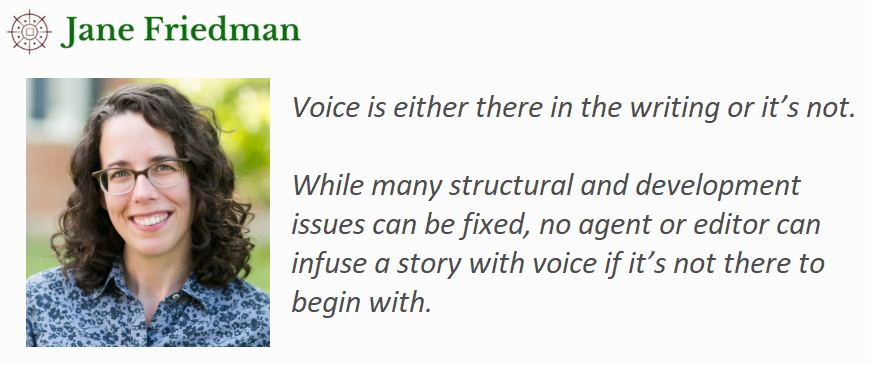
Choose the article format and outline
When your buyer persona is ready, you start thinking of topics that might be interesting for readers, therefore creating your content plan. What will your articles be about? What’s the purpose of your marketing content?
Depending on that, your article format will differ. As far as you understand, there’s a big difference between essays, blog posts, business proposals, and press releases. So once you’ve decided on the format and gathered the information for your article (data, facts, quotes, other research), it’s time to organize it logically.
For that, create an article outline.
You already know the basic outline for an article writing format, as it reminds an essay outline:
- Title
- Author’s name
- Introduction
- Body (the main part of your article, with subheadings and as many paragraphs as the format requires)
- Conclusion
But unlike with essays, educational content for marketing are less formal and written in simple language for better understanding. Here you’ll use catchy titles, writing hooks that engage a particular audience, short paragraphs, and calls to action so readers would take the desired action – click the link, comment or share your content, or go and buy the product or service you promote.
Basic Rules of Educational Content Writing
Okay, let’s face it:
Anyone can write something online today and call it an article. However, there’s a difference between good and bad article writing: a good one requires two things from you – content and writing technique you’ll use to communicate it.
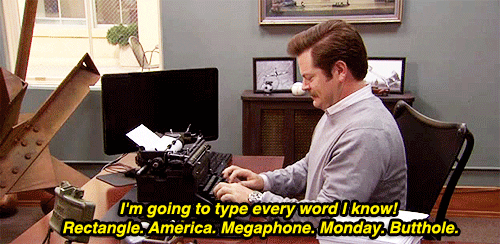
What you have to say and how you’ll say it are two pillars making your article strong and worth reading. It can change someone’s mind and gain you followers. To write a good article, follow these basic rules:
- Make it easy for a user to start reading it. Keep your article opening short and punchy: prove to a reader that you have something valuable to say, and then ask them to stay with you and learn more.
- Write short and visually appealing paragraphs. Balance with words and empty spaces, alternate between short and long sentences for better rhythm and readability.
- Stay concise and clear. Cut out all unnecessary words: if a sentence doesn’t take readers one step closer to your point, delete it.
- Don’t write just for the sake of writing. Convey meanings, tell something, answer the “why should I care?” question. The world doesn’t need another blog post on “productivity hacks” or ” top 10 books to read.” We have enough. Give us substance.
- Tell stories. They are perfect for illustrating the point, and people would rather read them than dry texts. So avoid bland article writing.
And now, for the best part:
Show, don’t tell. In other words, watch your article overall structure (illustrate first, explain afterward) and think of using active verbs and descriptive adjectives that would allow readers to “see and feel” what you mean.
- Tell: “I heard footsteps creeping behind me, and it made the whole situation scarier.”
- Show: “Crunching hit my ears from behind, accelerating the already rampant pounding of my heart.”
And here’s Stephen King explaining how writers can better “show” with words, not images:

Copywriting Techniques in Educational Content
Whatever the voice, there are a few techniques that will help to make your educational content more interesting and memorable.
Tell a story
The world consists of narratives. People love stories, even if it’s only a two-page article about the benefits of smart home thermostats. You don’t need an inciting incident, just a little bit of cause and effect is enough to keep the reader’s attention.
Example:
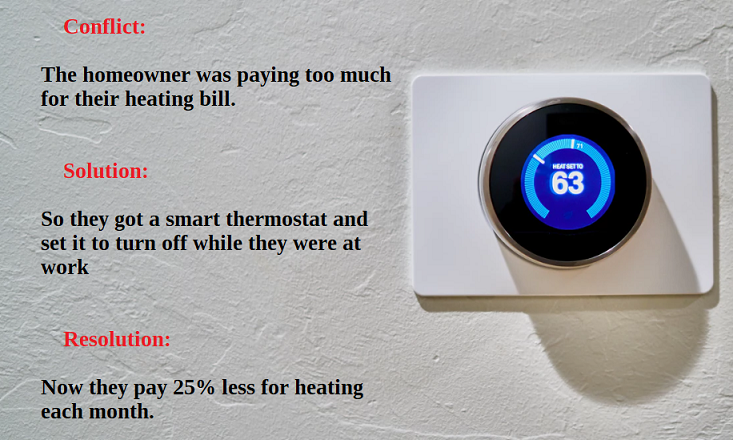
Known as brand storytelling, this technique works best for engaging the audience, getting an emotional response from them, and influencing their decision-making.
Use the power of repetition
Figure out the one or two points you want to drive home, and try to repeat them, with slightly different wordings, several times throughout your piece. The repetition is a signal to the reader that those points are the most significant, so they need to pay extra attention to them.
Be clear
Clarity is essential when you want to educate with your article writing. You present new information, so don’t make it difficult to understand by using dense language or metaphors. It’s okay to make your sentence length varied, but make sure that the information takes priority.
Use facts
Even if you know everything about smart home thermostats, your article will look more like an opinion than expert content if you can’t support it with facts.
Online article writing has a huge advantage over the print because you can include links to outside sources there. It allows readers to fact check you and gives them the confidence to trust you.
Avoid long paragraphs
You may have noticed that many online articles and blogs seem to have a paragraph break almost every other sentence.
This is for a reason:
People, especially those reading casually, can get intimidated by large blocks of text. Long paragraphs are easy to get lost in.
This issue is even worse online, where sidebar ads and menus crunch writing together, making paragraphs seem longer than they are.
When writing online, stick to short paragraphs. The same works for email writing. Try to keep your arguments concise and start a new paragraph for each one.
Add images
Breaking up your writing with pictures or infographics is a great way to make it visually compelling. It keeps your readers from getting lost in endless blocks of text.
You can use infographics to explain facts that you want readers to remember. Images are a must to maintain engagement and highlight the core information. And the more they interact with a reader, the better.
Example:
Language Tricks to Influence Readers
You can leverage certain elements of basic human psychology to engage people with your company or brand. These tricks and techniques don’t fit every article. But if you know what they are and how to use them right, you can improve your writing skills by far.
Priming
Priming is our brain’s tendency to recognize and seek out information that is closely related to things we’ve recently seen or heard. Starting your article writing with certain images or carefully chosen words, you can prepare a reader’s mind for receiving your message.
The Scarcity Illusion
The scarcity illusion occurs because people tend to place a higher value on limited resources. If you know that you can get something at any time, you’ll probably wait until you do need it.
But if it looks like something is limited or might run out soon, the situation changes. It’s no longer “Do I need this now?” but “Will I need this anytime in the future?”
Below, Amazon uses the scarcity illusion to persuade users to complete the buying process:
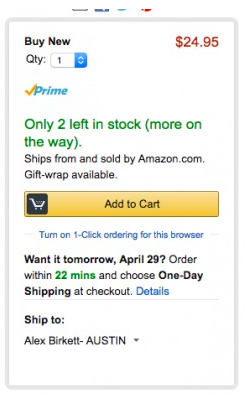 Changing people’s mindset with the scarcity illusion makes consumers more likely to buy and pay a higher price.
Changing people’s mindset with the scarcity illusion makes consumers more likely to buy and pay a higher price.
- Reciprocity
Reciprocation is common for most societies. If someone does something good for you, you are much more likely to want to do something positive for them in return.
In advertising, reciprocity means that a company will give something to potential customers for free in the hopes they will buy something from the company.
It’s super relevant for article writing: providing useful information to anyone who needs it, you give them this knowledge for free. The more useful your writing is, the stronger the reciprocity effect will be.
Social Proof
Social proof is a phenomenon when people are more likely to do something if they consider it popular to do.
Since this effect is reliant on the perception of popularity rather than actual demographic analysis, it’s easy to cause it by a Twitter screenshot, statistics, or influencers’ support.
Here on Bid4Papers, we integrate social proof by sharing fair customers feedback with you:
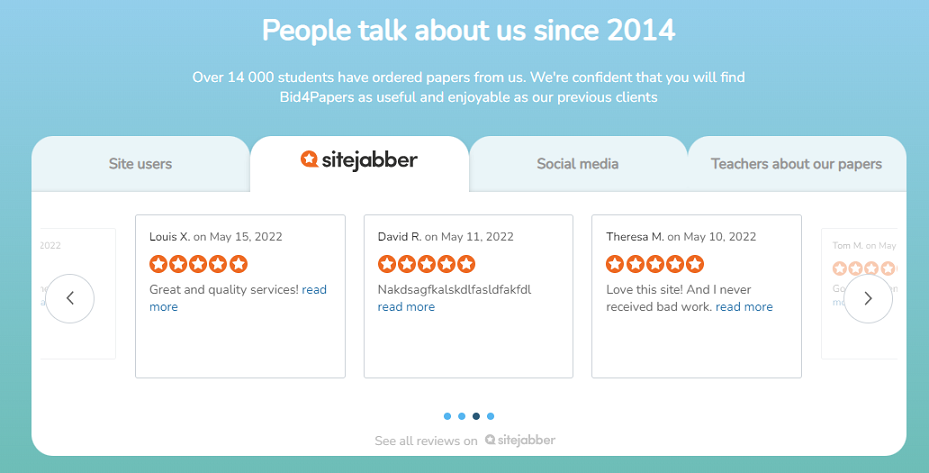
Long Story Short: How to Write Educational Content So People Would Read It
After reading all the above information, you might conclude that educational content writing is too hard to master. It’s not so.
In short, it takes six steps:
- Step 1. Know your audience and address their needs.
- Step 2. Choose a topic.
- Step 3. Research to strengthen your article: use statistics, quotes, reference to other media, etc.
- Step 4. Write a draft, following the article format and structure.
- Step 5. Make it specific: use storytelling, consider persuasive writing techniques, add relevant visuals, etc.
- Step 6. Proofread and edit: read aloud, check for errors and readability, rewrite if necessary.
When done well, article writing is good for both the company and the consumer. The reader gets valuable knowledge, and the company gets someone engaged with their brand.
Any thoughts?
Feel free to use this guide as an assistant in your writing endeavors. Sure enough, it won’t substitute years of experience in the niche, and you may want to fly to digital marketing agencies or hire professional writers for support at the start.
But he who hesitates is lost, right?
The more you read, the more you learn; and the more you practice, the better writer you become. Essay maker can be a great tool for improving your writing skills.
